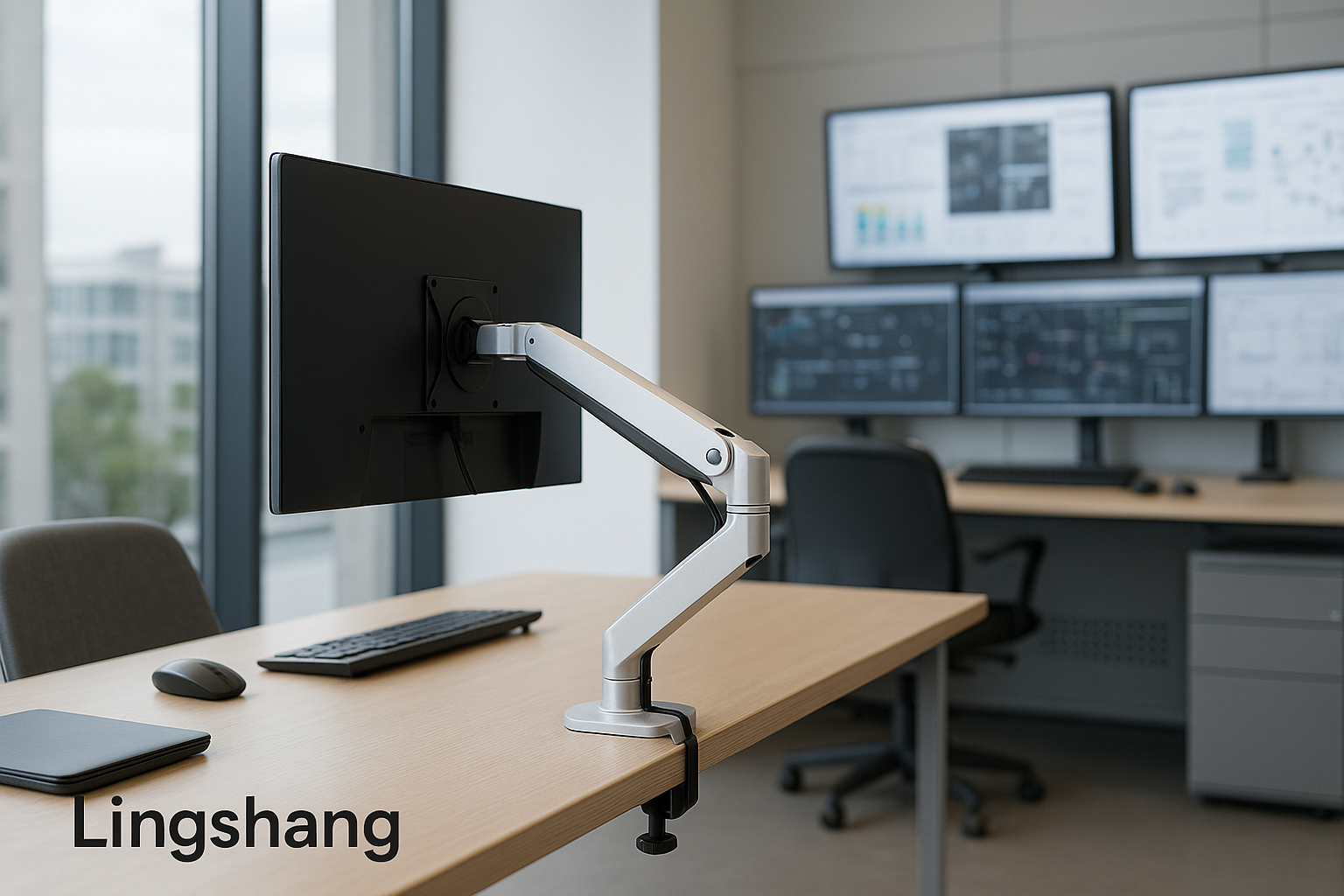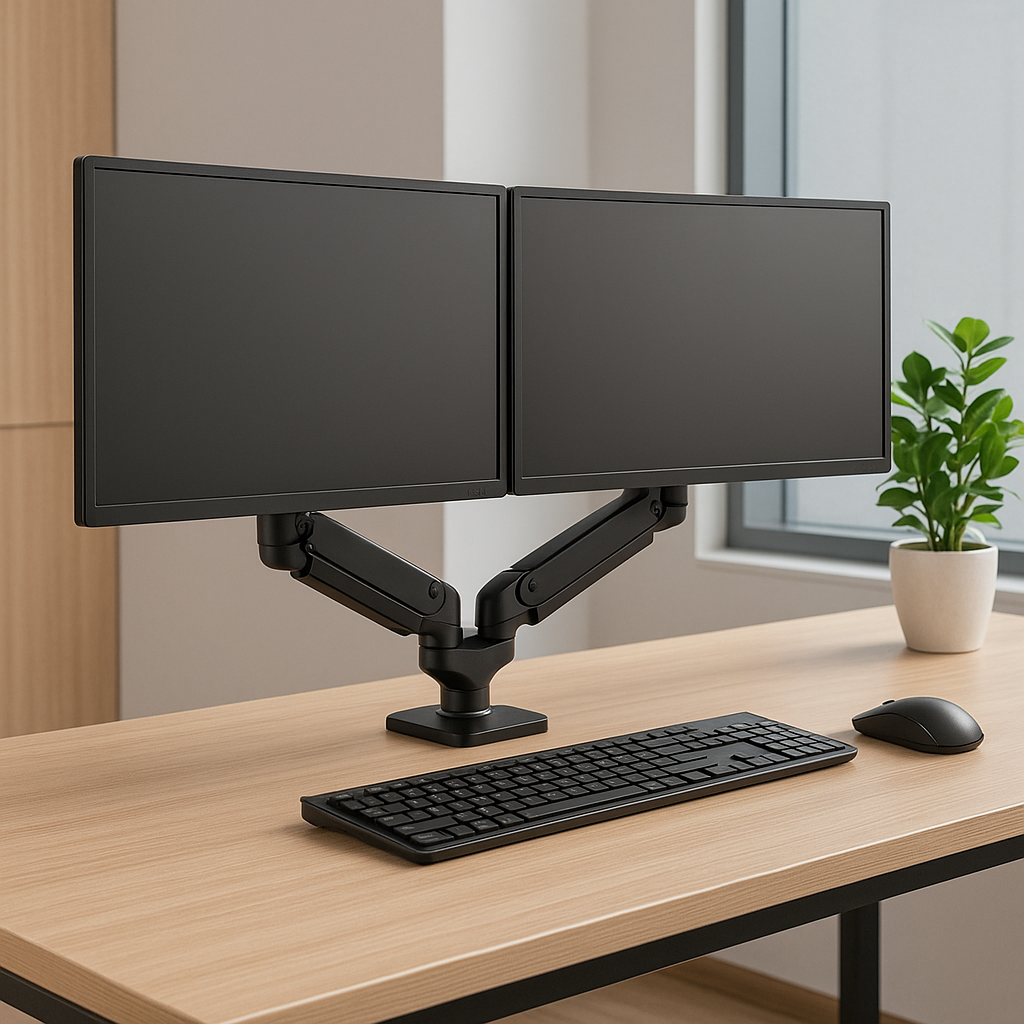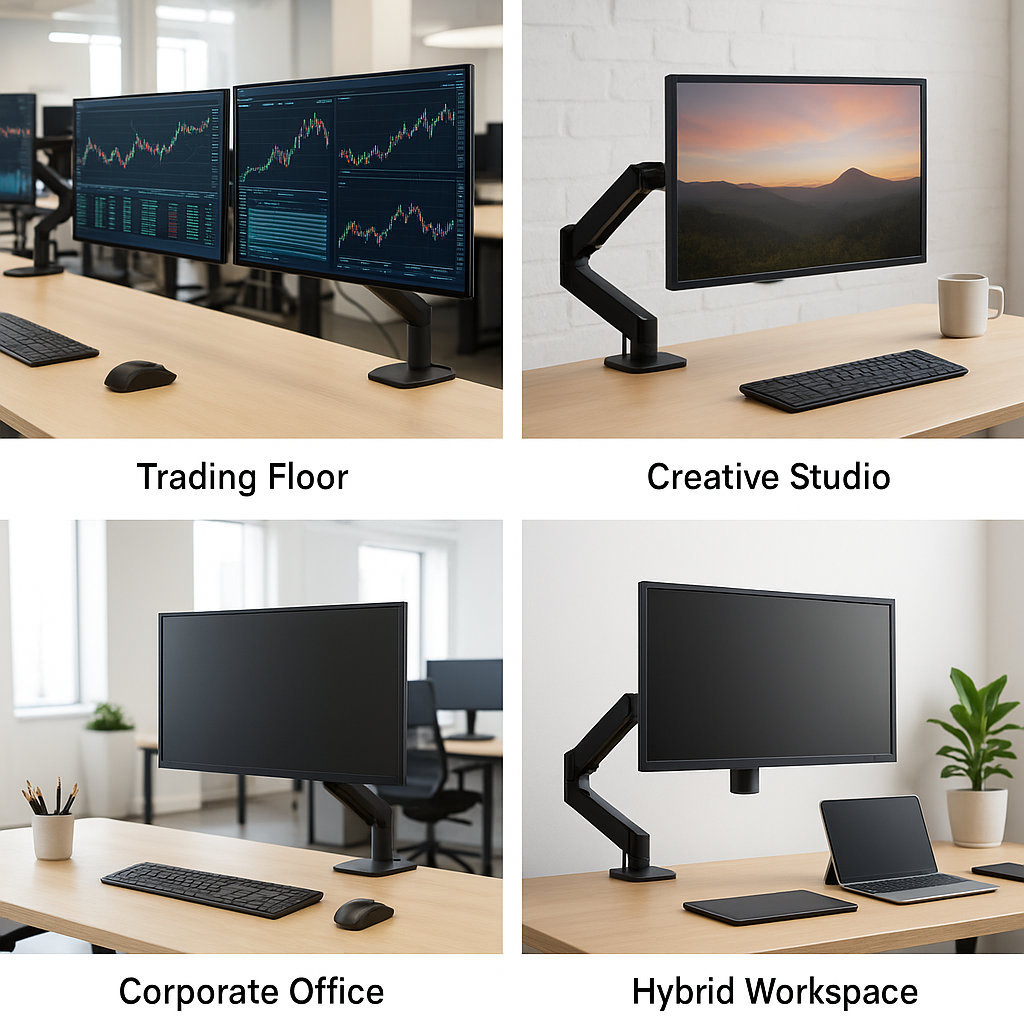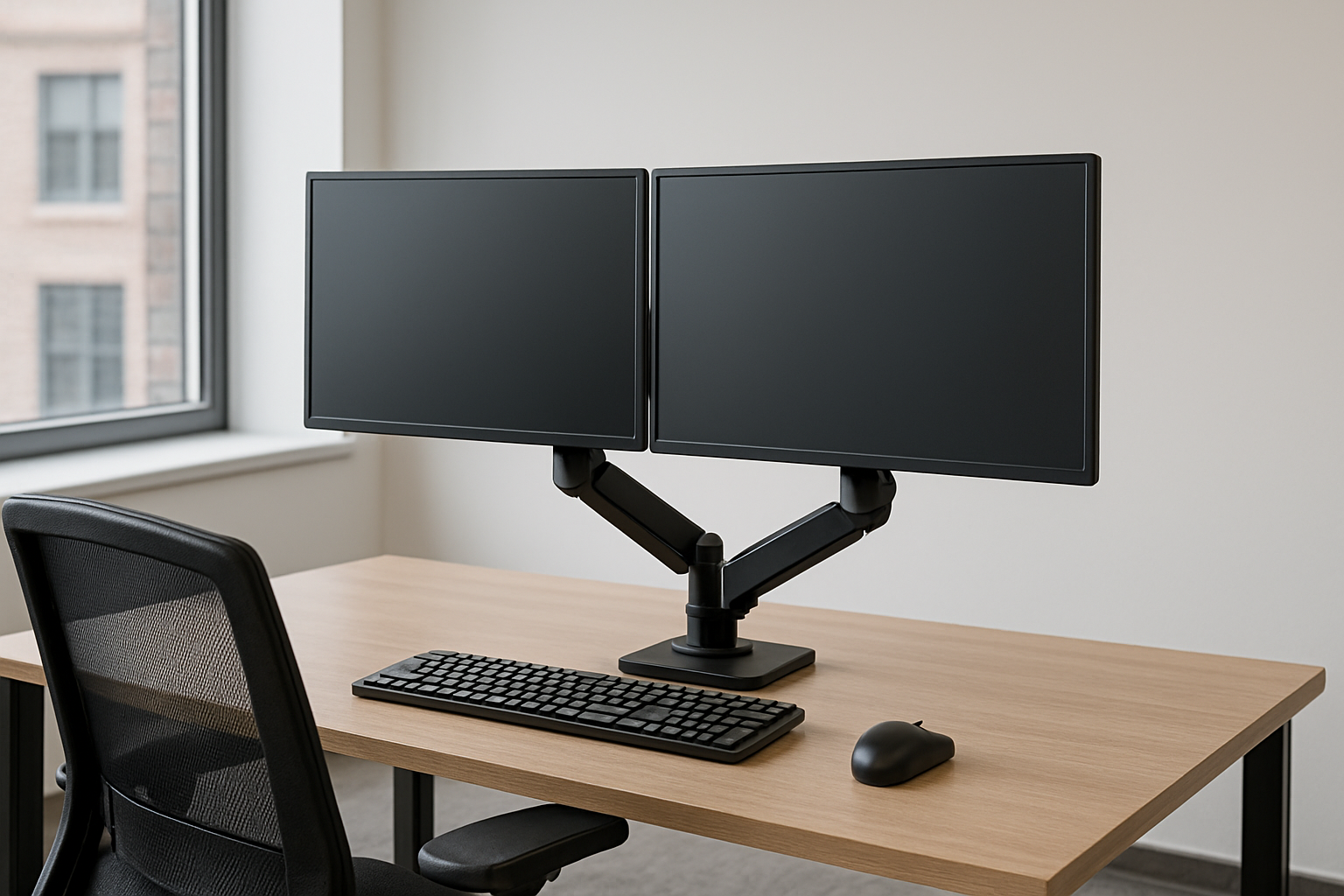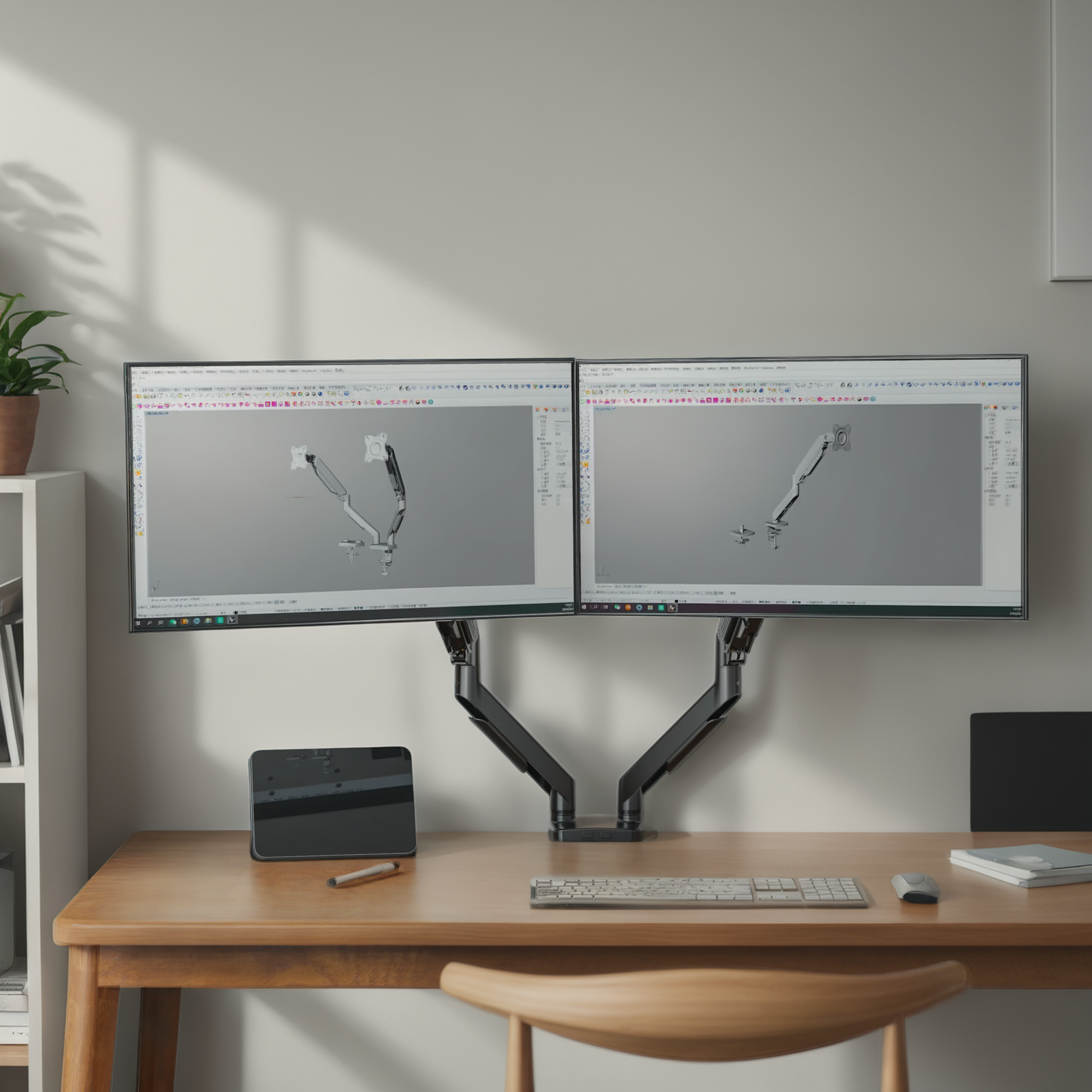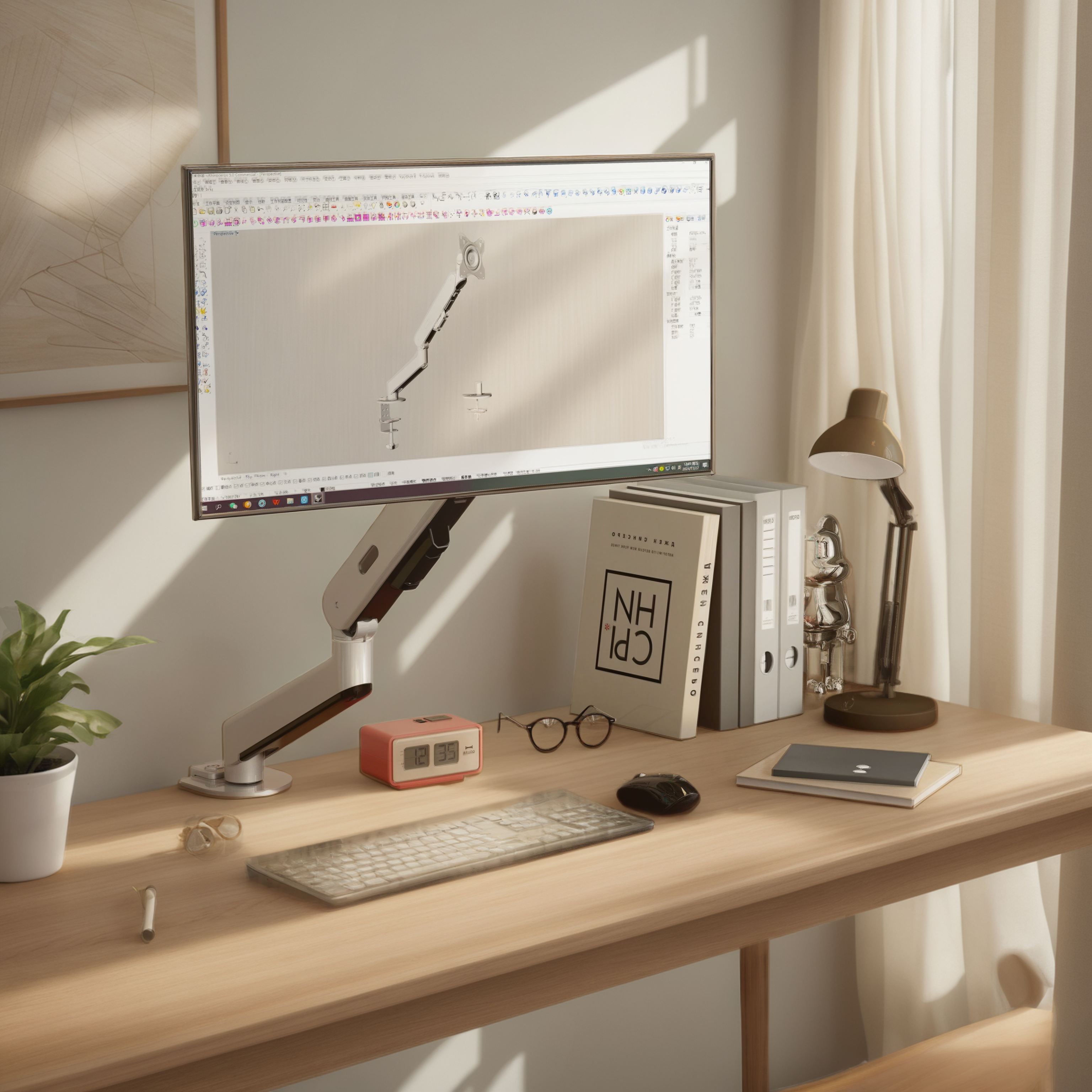
Desk Chaos to Focused Flow: Dual Monitor Setup That Works
Dual monitors promise better multitasking—but what happens when the setup leaves you withneck strain, tangled cables, and visual overload? Many users complain of fatigue, clutter, and inefficient layouts that sabotage rather than support daily tasks.
From remote professionals to full-time designers,the reality is this: a poorly planned dual monitor setup is worse than one screen. Here’s how to do it right—with practical steps, ergonomic advice, and tools that grow with your workflow.
Why Most Dual Monitor Setups Fail
“I thought two screens would save me time—now I just have more to manage.”This is a common frustration from remote employees and creatives alike. Common pitfalls include:
-
One monitor higher or further than the other
-
Lack of flexible adjustmentfor changing tasks
-
Messy deskfrom poor cable routing
-
Eye strainfrom excessive head turning
According to a Cornell University study,monitor height misalignment leads to a 45% increase in neck and upper back discomfortduring full workdays. A good setup isn’t about having more screens—it’s abouthaving better control over your environment.
Ergonomic Fix: Use a Dual Monitor Arm That Adapts
The quickest fix is not rearranging your desk—it’s lifting the monitors off it. A dual monitor arm lets you:
-
Align both monitors preciselyat eye level
-
Tilt and rotate each screenfor glare reduction or switching focus
-
Free up workspacefor note-taking, sketching, or extra devices
A well-designed mount, like those offered bylingshang, supports a wide range of motion, works with most VESA-compatible monitors, and has built-in cable routing for a cleaner appearance.
Tame the Cable Mayhem
Clutter isn’t just visual—it’s cognitive.When wires run wild, they interfere with focus and flow. Here’s what to do:
-
Route all cables through themonitor arm’s hidden channels
-
Use labeled cable ties for quick reconfiguration
-
Choose short cables to reduce bulk and tangling
According to Wirecutter, proper cable management canreduce IT maintenance time by up to 30%—a big deal in shared workspaces or hybrid offices.
Design a Layout That Matches Your Work Style
Your monitor setup should reflect how you use your screens:
-
Writers and codersbenefit from vertical screen stacking
-
Traders or analystsneed symmetrical horizontal layout for peripheral awareness
-
Designers and streamersoften need one main screen and one support screen at an angle
You don’t need a custom desk—just a flexible mount and thoughtful positioning. If you switch tasks often, consider adual arm system with independent movement, so you can switch configurations on the fly.
How lingshang Helps You Build a Smarter Setup
We’ve worked with remote workers, graphic designers, and IT teams to optimize screen ergonomics. Here’s why users choose lingshang:
-
Smooth gas-spring armsfor effortless positioning
-
Reinforced clamp systemsfor stability on any desk
-
OEM supportfor businesses needing bulk ergonomic upgrades
We believeergonomics should evolve with your workflow, not limit it.
Make Your Workspace Work Smarter
A messy dual monitor setup isn’t just annoying—it’s unhealthy. From posture strain to distraction fatigue, these problems creep into your day and drain energy without you noticing. With aflexible dual monitor arm, smart cable layout, and intentional screen placement, your workspace can become a real productivity engine.
Explore all our ergonomic setup tools on thehomepage.
Need help configuring your ideal layout? Reach out via ourContact Uspage—we’re here to assist.

